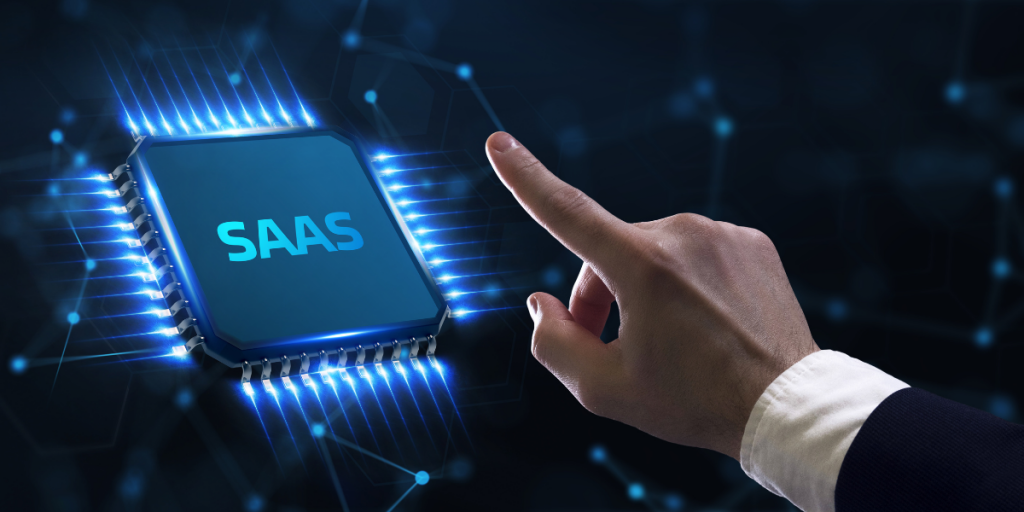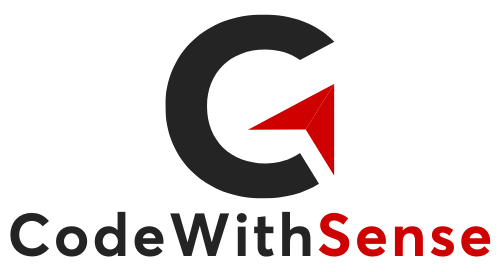Revolutionize Your Software Delivery: Top Strategies for Building Successful SaaS Solutions
Imagine launching a cloud-based product that instantly scales with demand, never experiences downtime, and continuously innovates to meet ever-shifting user needs. This is the promise of Software as a Service (SaaS)—but the path to delivering powerful, uninterrupted SaaS solutions is far from simple. In this article, we’ll explore the core challenges of SaaS development and provide actionable strategies to help you overcome them, ensuring your product remains competitive in the era of AI-powered innovation, rapid digital transformation, and advanced software solutions.

Key Takeaways
What Makes SaaS Development Different?
Shifting From Traditional to Cloud-Based Delivery
Unlike traditional software, which requires installation and maintenance on individual systems, SaaS operates on a subscription model over the internet. A dedicated SaaS provider hosts the application in the cloud, offering:
Lower Upfront Costs: Eliminating hefty initial infrastructure investments.
Streamlined Updates: Ensuring all users benefit from the latest features without manual upgrades.
Scalability: Adjusting to user growth or seasonal spikes at the click of a button.As businesses continue to adopt cloud strategies to accelerate digital transformation, mastering SaaS development becomes essential. The scalability, cost-effectiveness, and continuous feature rollout of SaaS platforms make them a cornerstone of modern product scaling efforts.
As businesses continue to adopt cloud strategies to accelerate digital transformation, mastering SaaS development becomes essential. The scalability, cost-effectiveness, and continuous feature rollout of SaaS platforms make them a cornerstone of modern product scaling efforts.
Common SaaS Development Challenges
Safeguarding Data and Staying Compliant
Security is non-negotiable in SaaS. With sensitive data traversing the cloud, misconfigurations or lack of robust security measures can lead to breaches and loss of customer trust. Moreover, regulations like GDPR and HIPAA add further complexity.
How to Mitigate RisksEnd-to-End Encryption: Ensure data is encrypted both in transit and at rest.
Shared Responsibility Model: Clearly define security responsibilities between your organization and the cloud provider.
Regular Audits: Conduct continuous vulnerability assessments and stay informed about updated compliance requirements.
How to Mitigate Risks
Achieving Zero-Downtime Deployment
Delivering updates without interrupting user access is a hallmark of high-performing SaaS applications. Techniques like blue-green deployment allow you to roll out new features seamlessly, ensuring users enjoy uninterrupted service.
Key Steps to Get ThereSeparate Environments: Maintain at least two identical environments (blue and green) to deploy updates.
Automated Testing: Catch issues before switching user traffic to the new version.
Rollback Strategies: Have a plan to revert to the previous version in case of unexpected problems.
Key Steps to Get There
Handling Subscription Lifecycle
The subscription-based model requires meticulous management. From free trials and upgrades to cancellations and renewals, each phase must be carefully orchestrated to maintain user satisfaction and revenue flow.
Subscription Management Best Practices
Automated Billing: Use reliable tools to handle recurring payments, invoicing, and tax calculations.
Customer Self-Service: Provide an intuitive dashboard for users to manage their subscription details.
Usage Tracking: Monitor user activity to optimize billing and ensure fair pricing.
Subscription Management Best Practices
Overcoming Product-Specific Hurdles
User Engagement and Retention
A negative user experience can drive customers straight to your competitors. High user engagement not only boosts satisfaction but also reduces churn rates.
Effective StrategiesProduct Analytics: Track usage patterns to guide data-driven improvements.
Continuous Feedback: Encourage user suggestions and iterate quickly on feature updates.
Clear Positioning: Articulate your product’s unique value to stand out in a crowded market.
Effective Strategies
UX/UI Design for Intuitive Experiences
Even seemingly minor design elements—like button placements—can significantly impact how users interact with your application.
Design PrinciplesResponsive Layouts: Ensure your platform is easily accessible on multiple devices.
Consistent Branding: Build trust and familiarity with uniform colors, fonts, and styles.
Simplified Navigation: Prioritize clarity and ease of use to minimize the learning curve.
Design Principles
Integrating Third-Party Services
From payment gateways to analytics tools, third-party integrations can extend functionality. However, each external API introduces potential compatibility and security challenges.
Integration Checklist
Thorough Testing: Combine automated and manual testing to catch integration issues early.
Dependency Management: Keep libraries and SDKs updated to prevent vulnerabilities.
Detailed Documentation: Outline each API’s functions, error handling, and maintenance schedules.
Integration Checklist
Tackling Business and Operational Challenges
Streamlining Operations for Growth
As your SaaS user base expands, so do operational complexities. Relying on manual processes for billing, user management, or tech support can quickly become overwhelming.
Optimization Tips
Automation Tools: Implement workflow automation to reduce human error and save time.
Cloud Monitoring: Use real-time analytics and monitoring tools to identify and fix issues proactively.
Educate Your Team: Train staff on best practices in security, data management, and customer support.
Optimization Tips
Protecting Sensitive Information
When it comes to safeguarding user data, a lapse in security can irreparably damage brand reputation. Robust cybersecurity practices must be ingrained at every level.
Security Must-Haves
Access Management: Grant permissions on a need-to-know basis.
Frequent Patch Updates: Regularly patch software and firmware to stay ahead of vulnerabilities.
Disaster Recovery Plan: Ensure you can quickly restore services in the event of data loss or breaches.
Security Must-Haves
Scaling and Maintenance for Long-Term Success Challenges
Planning Ahead for Growth
According to various industry reports, the majority of SaaS companies cite scalability as a top challenge. The ability to handle traffic spikes and user growth seamlessly is vital.
Scalability Essentials
Cloud Hosting: Services like AWS, Azure, or Google Cloud offer tools to dynamically allocate resources.
Microservices Architecture: Break down large applications into smaller, modular services for easier scaling.
CDN Integration: Reduce latency and server load by caching content closer to users worldwide.
Scalability Essentials
Continuous Maintenance and Feature Updates
SaaS solutions thrive on regular updates and improvements. Neglecting ongoing maintenance can lead to performance declines and missed opportunities to innovate.
Practical Maintenance Steps
Performance Monitoring: Track CPU usage, memory, and response times to detect bottlenecks.
Proactive Issue Resolution: Address minor bugs before they escalate into major problems.
Allocate a Maintenance Budget: Reserve resources specifically for updates and fixes.
Practical Maintenance Steps
Evaluating Expertise and Portfolios Updates
Before finalizing a partnership (in-house or outsourced), thoroughly assess the team’s track record. Past SaaS success stories, especially those involving digital transformation and product scaling, are strong indicators of future performance.
What to Look For
Relevant Projects: Solutions that align with your business goals and technology stack.
Communication Skills: Clear and proactive communication to handle time-sensitive issues.
Innovation Mindset: Willingness to integrate AI-powered features, automate processes, and embrace emerging tech.
What to Look For
Ready to Accelerate Your SaaS Success?
Building and maintaining a robust SaaS platform demands more than just coding—it requires strategic planning, airtight security protocols, seamless user experiences, and continuous innovation. By anticipating the common roadblocks and assembling the right team, you can transform your vision into a profitable, future-ready product.
Looking for expert guidance to develop or scale your SaaS solution?
At CodeWithSense, we specialize in AI-powered products, advanced software development, cloud strategies, and digital acceleration. Contact us today to explore customized solutions that propel your SaaS offering ahead of the competition. Let’s shape the future of software delivery together!











